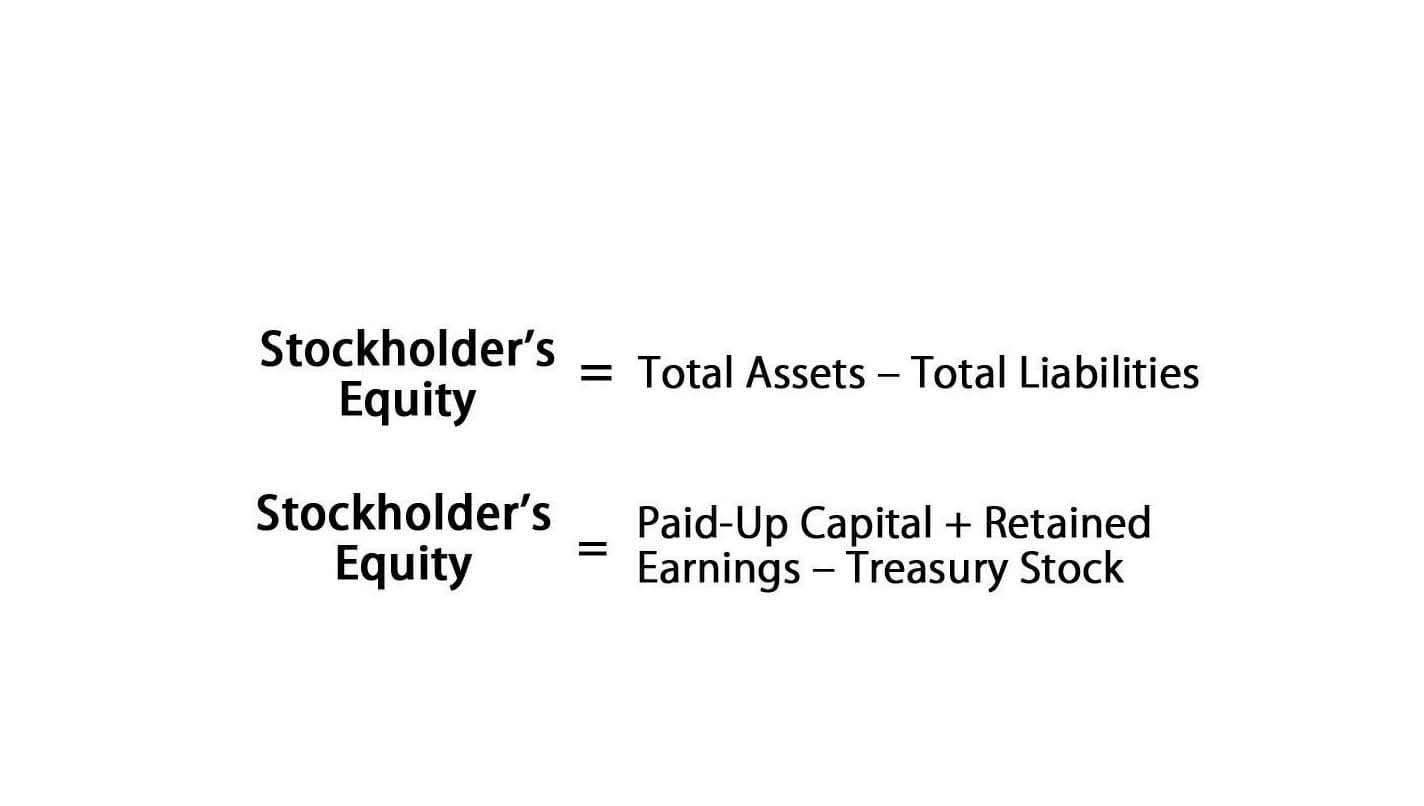
Following the completion of this entry, the balance of all expense income statement accounts will be zero. The first entry closes revenue accounts to the Income Summary account. The second entry closes expense accounts to the Income Summary account.

How to post closing entries?

It provides a clear snapshot of a company’s financial position, crucial for external audits and regulatory filings. For example, publicly listed companies must meet strict reporting criteria, making the accuracy of the post-closing trial balance vital. Next, transfer the $2,500 in your expense account to your income summary account. First, transfer the $5,000 in your revenue account to your income summary account. Whether you credit or debit your income summary account will depend on whether your revenue is more than your expenses.
Temporary and Permanent Accounts

To close the income summary to retained earnings, debit the income summary account for its balance and credit the retained earnings account with Accounting Security the same amount, reflecting the net income or net loss for the period. This process updates retained earnings and resets the income summary account to zero. Once the period ends, the balances in temporary accounts are closed to permanent accounts, such as retained earnings. An income summary is a summary of income and expenses for a certain period, with the result being profit or loss. It is a necessary instrument for the preparation of financial statements.
- Afterwards, withdrawal or dividend accounts are also closed to the capital account.
- It can have either a credit balance (indicating net income) or a debit balance (indicating net loss), depending on the period’s financial results.
- Create closing entries to reflect when your accounting period ends.
- Understanding the accounting cycle and preparing trial balancesis a practice valued internationally.
Key Differences between General Ledger and Trial Balance

Companies are required to close their books at the end of each fiscal year so that they can prepare their annual financial statements and tax returns. However, most companies prepare monthly financial statements and close their books annually, so they have a clear picture of company performance during the year, and give users timely information to make decisions. Now, all the temporary closing income summary account accounts have their respective figures allocated, showcasing the revenue the bakery has generated, the expenses it has incurred, and the dividends declared throughout the past year.
- The revenue and expense accounts should start at zero each period, because we are measuring how much revenue is earned and expenses incurred during the period.
- We could do this, but by having the Income Summaryaccount, you get a balance for net income a second time.
- It is also commonly found that an income summary is confused with an income statement.
- We will debit the revenue accounts and credit the Income Summary account.
- We do not need to show accounts with zero balances on the trial balances.
- All revenue accounts will be closed at the conclusion of the accounting period.
- In this chapter, we complete the final steps (steps 8 and 9) ofthe accounting cycle, the closing process.
- You should recall from your previous material that retained earnings are the earnings retained by the company over time—not cash flow but earnings.
- Are the value of your assets and liabilities now zero because of the start of a new year?
- Our discussion here begins with journalizing and posting the closing entries (Figure 5.2).
Imagine a vessel, collecting the essence of an entire period’s worth of buzzing activity – every sale, every expense. To ensure your financials accurately represent your business activity, the Income Summary account is essential. This is where you’ll transfer all the revenues and expenses, a process that simultaneously resets your income and expense accounts to zero for the new period, similar to taking a snapshot of your financial health. To close revenue accounts, you first transfer their balances to the income summary account.
- When you start temporary accounts at zero at the beginning of each period, you’re executing the financial equivalent of “clearing the stage” for a new act.
- You can report retained earnings either on your balance sheet or income statement.
- The net amount put into this account equals the business’s net profit or loss for the period.
- Why was income summary not used in the dividends closing entry?
- This vital adjustment reflects the accrual accounting’s core principle of accurately recording transactions, maintaining the integrity of the closing entries process.
